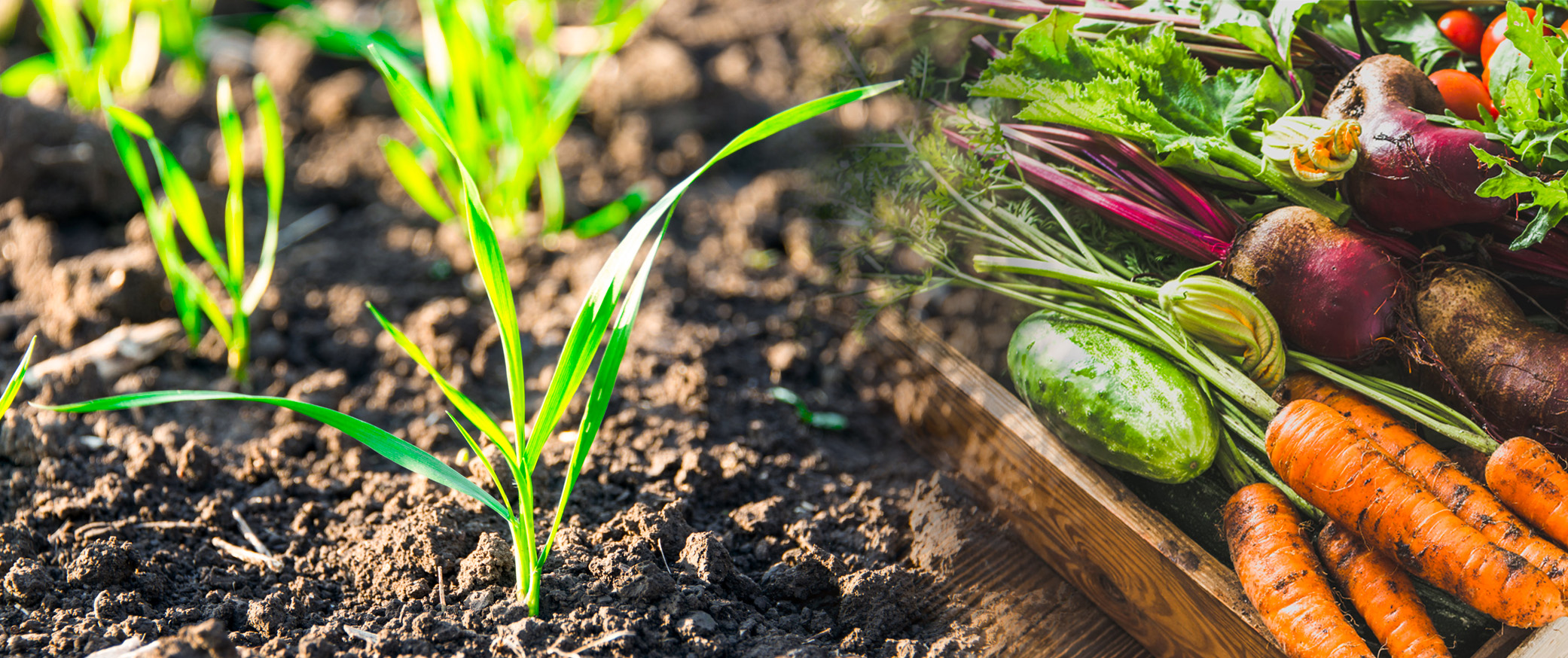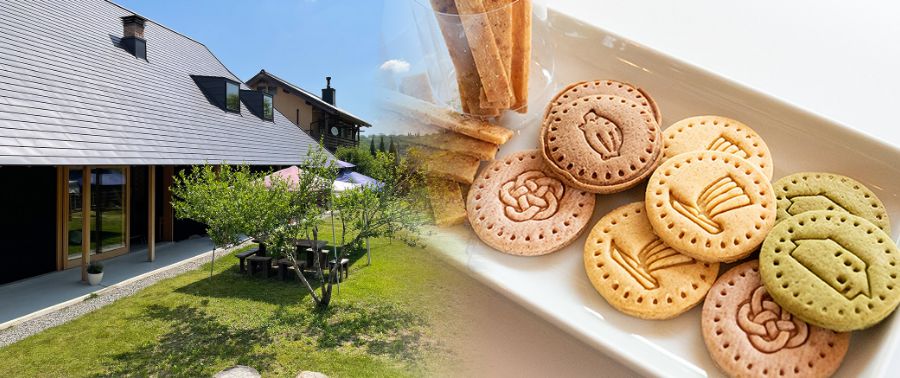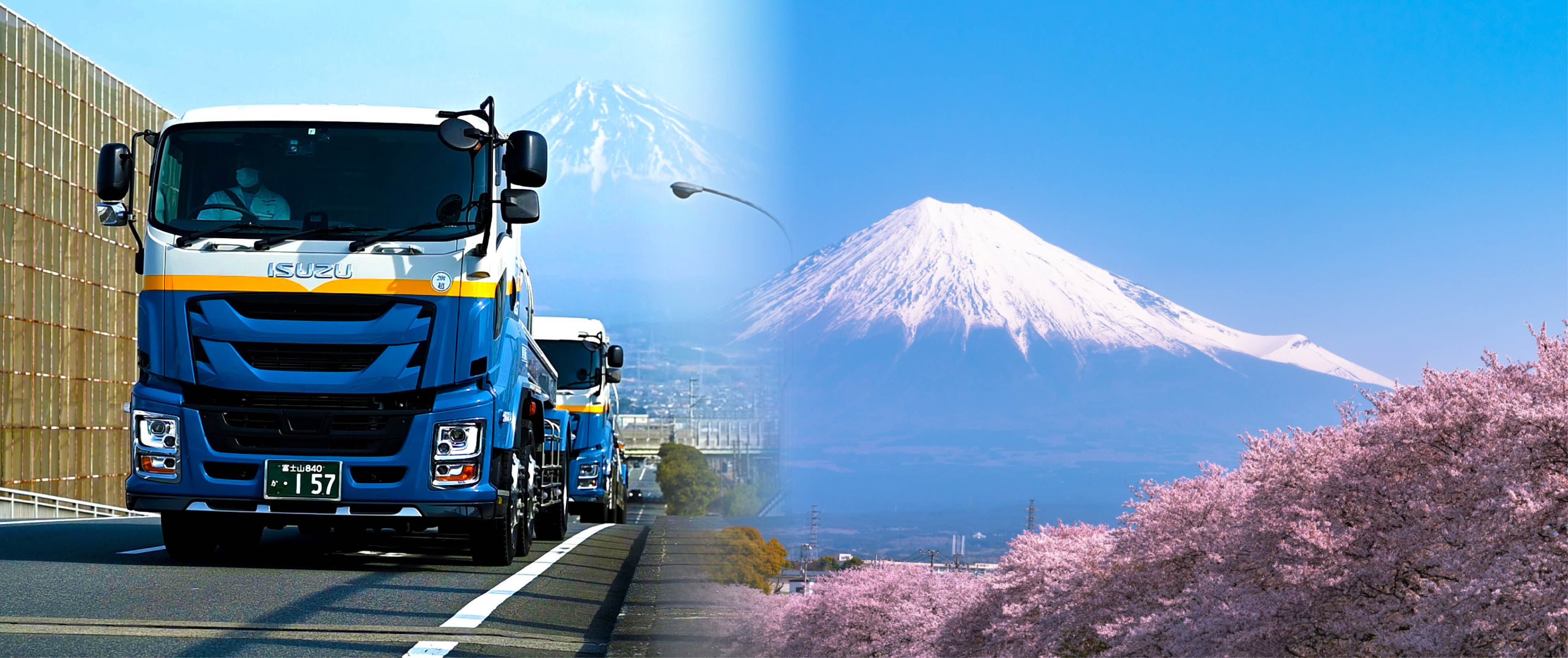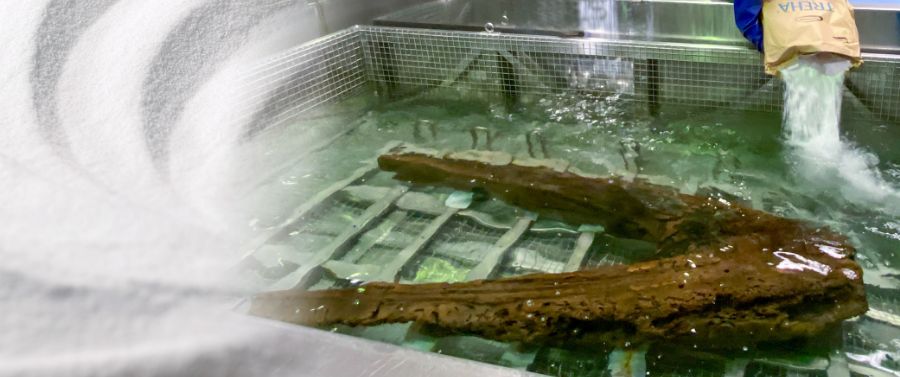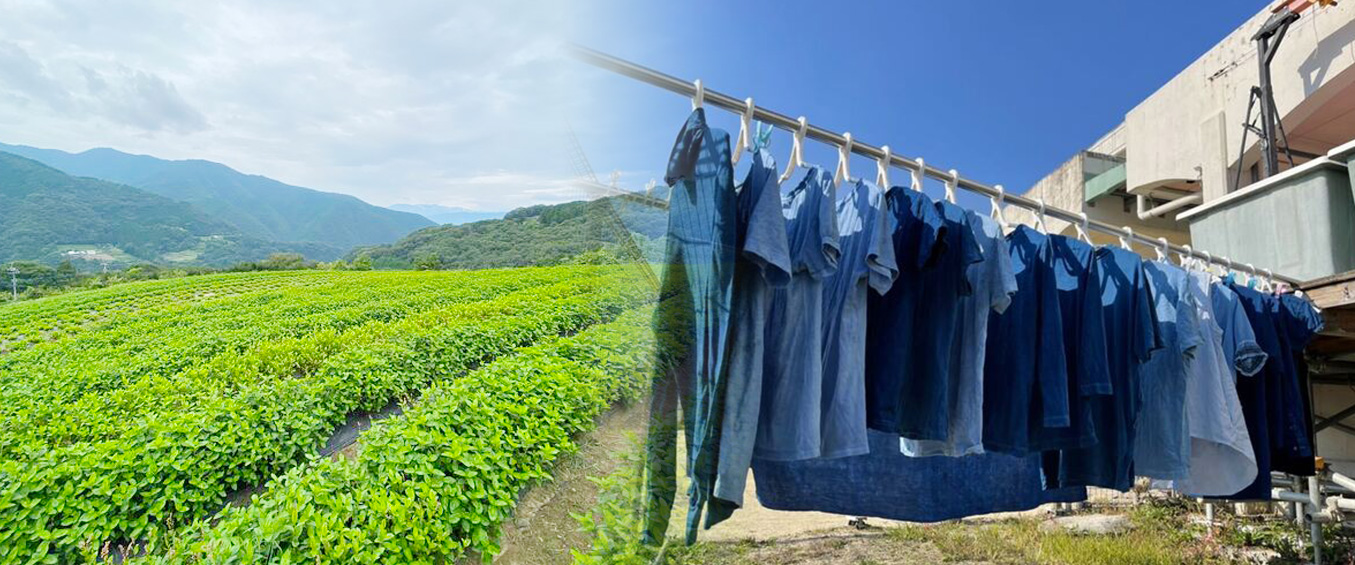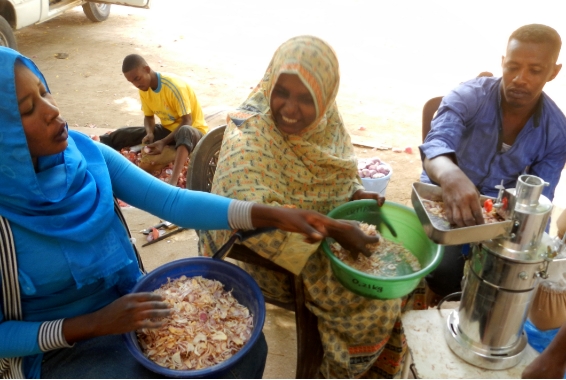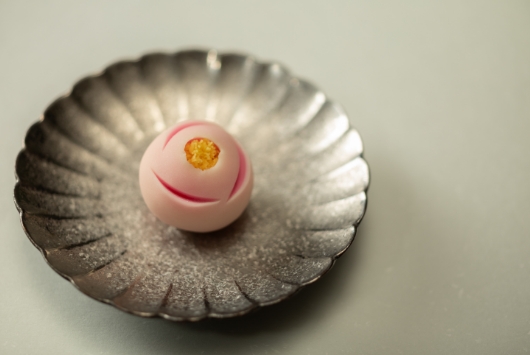
Sustainable Stories
Nagase Viita's WEB Magazine
09story
January 31, 2025
Preserving Heritage Trees for Future Generations: Propagating "Taikō Shidarezakura" through Tissue Culture Technology
At Kyoto's Daigo-ji Temple, a World Cultural Heritage site, stands the "Taikō Shidarezakura," a weeping cherry tree approximately 170 years old. This tree is associated with the grand "Hanami at Daigo," a cherry blossom viewing party hosted by Toyotomi Hideyoshi in 1598.
Toyotomi Hideyoshi (1537–1598) was a prominent Japanese statesman who played a crucial role in unifying Japan during the late 16th century. Over the years, the "Taikō Shidarezakura" has been cherished by many over the years. Motivated by a desire to preserve this beloved tree for future generations, researchers developed a method for propagating seedlings through tissue culture. After four years of dedicated effort, the cloned cherry trees bloom identically to the original, capturing its spirit and delighting countless visitors.
Toyotomi Hideyoshi (1537–1598) was a prominent Japanese statesman who played a crucial role in unifying Japan during the late 16th century. Over the years, the "Taikō Shidarezakura" has been cherished by many over the years. Motivated by a desire to preserve this beloved tree for future generations, researchers developed a method for propagating seedlings through tissue culture. After four years of dedicated effort, the cloned cherry trees bloom identically to the original, capturing its spirit and delighting countless visitors.
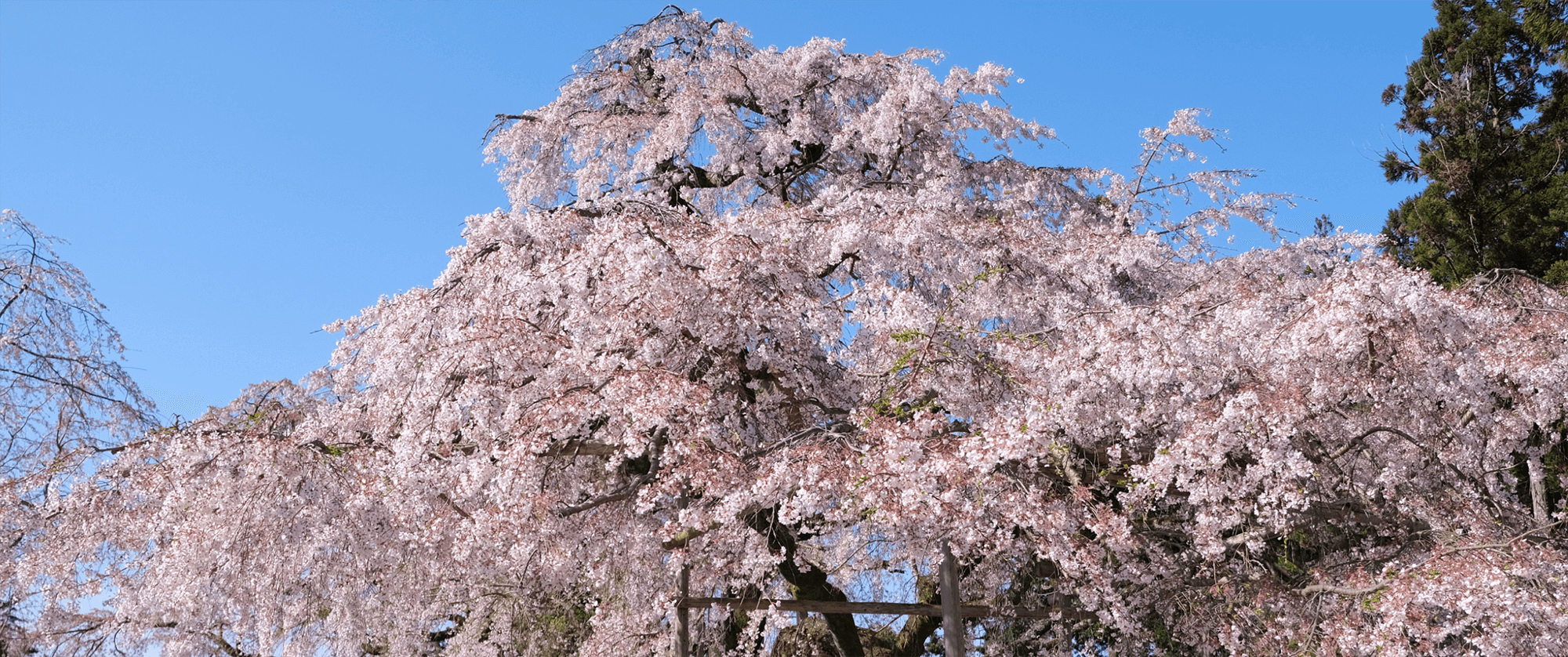
Cloning Techniques Cultivated Since Ancient Times
The arrival of spring in Japan is marked by the "cherry blossom front," a wave of blooming cherry trees moving northward across the archipelago. The Somei Yoshino, serving as the standard variety for this phenomenon, has been propagated through grafting from a single parent tree. Consequently, all Somei Yoshino trees share identical genetic material, classifying them as clones.
While cloning may evoke thoughts of advanced genetic engineering, grafting is one of the oldest cloning methods. Historical records indicate that grapevines yielding high-quality wine were propagated through grafting even during Roman times. Plants naturally possess the ability to produce clones, a trait humans have utilized over centuries to develop grafting and cutting techniques for use in agriculture and horticulture.
While cloning may evoke thoughts of advanced genetic engineering, grafting is one of the oldest cloning methods. Historical records indicate that grapevines yielding high-quality wine were propagated through grafting even during Roman times. Plants naturally possess the ability to produce clones, a trait humans have utilized over centuries to develop grafting and cutting techniques for use in agriculture and horticulture.
Since the 1960s, the development of a new cloning technology known as tissue culture has progressed. Simply put, this involves extracting the meristematic tissue from a plant and culturing it under sterile conditions to produce plantlets.
Unlike clones propagated through grafting or cuttings, which inherit the viruses and age of the parent tree, tissue-cultured clones are free from viruses and can be rejuvenated in terms of age. This distinctive feature has enabled initiatives that benefit people in areas beyond traditional agriculture and horticulture.
Unlike clones propagated through grafting or cuttings, which inherit the viruses and age of the parent tree, tissue-cultured clones are free from viruses and can be rejuvenated in terms of age. This distinctive feature has enabled initiatives that benefit people in areas beyond traditional agriculture and horticulture.
Preserving the Cherished Cherry Tree Associated with the "Hanami at Daigo"
We spoke with Mr. Kentaro Nakamura, the Director of the Forest and Landscape Research Center at Sumitomo Forestry Co., Ltd.
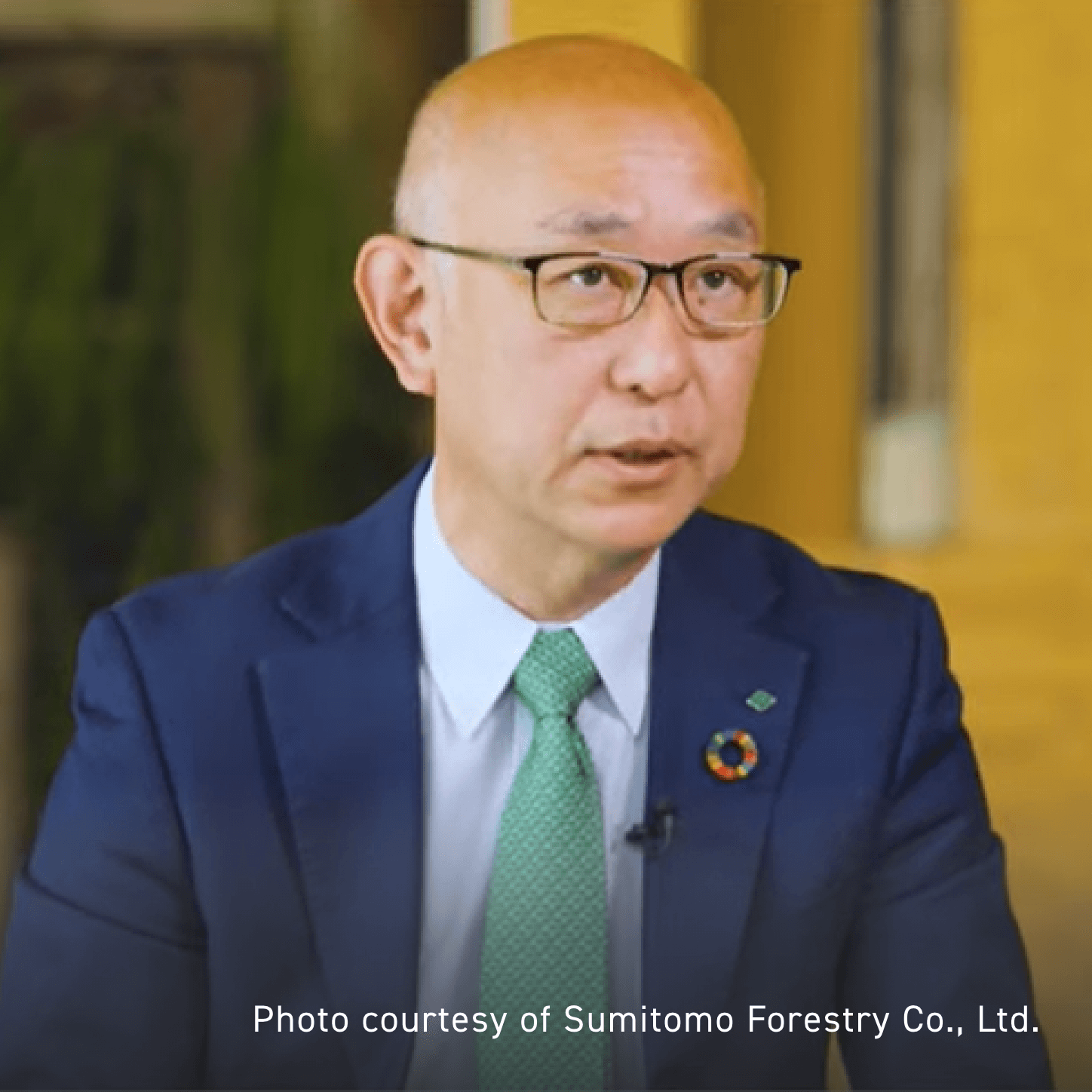
In 1999, following his success, Mr. Nakamura was approached with an intriguing inquiry: "Could this technology be applied to clone a historically significant cherry tree at a renowned temple in Kyoto?"
The cherry tree was the "Taikō Shidarezakura," a 170-year-old historically significant cherry tree located at Daigo-ji Temple, where Toyotomi Hideyoshi once hosted the grand "Hanami at Daigo." While the tree is believed to be a descendant of the cherry tree planted by Hideyoshi, it showed signs of declining vitality at the time. The inquiry came from a subsidiary of Sumitomo Forestry involved in greening projects, which has been tasked with revitalizing the vigor of the 'Taikō Shidarezakura' as part of a larger greening initiative at Daigo-ji Temple.
The restoration process involves extensive measures, such as completely replacing the surrounding soil, which carries the risk of unforeseen complications potentially causing the tree’s death. To safeguard its legacy, the team sought to create successor trees. However, the tree's age made propagation through grafting nearly impossible, leading them to turn to Mr. Nakamura and his tissue culture expertise for help.
"Until then, many researchers had attempted cherry tree tissue culture only to fail," Mr. Nakamura recounted. "I thought, 'It's impossible. What a challenge.' That was my initial reaction. But once I agreed to take it on, I knew I had to give it my best effort." And so, his challenge began.
Trehalose: The Key to Successful Cultivation
Tissue culture involves extracting a small meristematic tissue, approximately 0.5 mm in size, from the tip of a stem under a microscope and culturing it in a sterile growth medium. This medium contains essential components for plant growth, and the basic composition is consistent across most plants. For the saccharide component, the standard practice is to use sucrose (table sugar), which naturally occurs in plants. Substituting it with other saccharides is generally considered taboo.
"However, as previous studies indicated, the standard growth medium did not yield successful results," Mr. Nakamura explained. "Next, I studied various non-saccharide components in the medium, but again, no success. As a last resort, I decided to change the saccharide, sucrose, though I held little hope for success."
With only a glimmer of hope, Mr. Nakamura meticulously tested numerous types of saccharides in various combinations and formulations. Despite relentless efforts, definitive results remained elusive until a breakthrough occurred. While other specimens withered day by day, one medium containing a specific saccharide thrived remarkably. The saccharide in question was trehalose, a product of Nagase Viita.
"When I looked through the microscope, I observed numerous bright green buds sprouting. I vividly remember being deeply moved by their fresh vitality and small, lively forms," Mr. Nakamura recalled.

1. Multiple-buds induced from a shoot apex
2. Shoot elongation from multiple-buds
3. Induction of roots from a shoot after dividing multiple-shoots in each shoot
4. Plantlets proliferated by tissue culture
After overcoming several challenges, the seedlings grew into trees. Followed by a four-year wait filled with anticipation, they finally produced tiny flower buds. "I knew I couldn’t let my guard down until the blooms appeared, but excitement grew among everyone at the research institute as the buds swelled. When about ten lovely flowers finally bloomed, we all celebrated with joy," Mr. Nakamura shared with a smile.
A clone is considered successful only when it grows to resemble the parent tree. The flowers that bloomed at the research institute matched the color and shape of the "Taikō Shidarezakura" perfectly. After a long journey, the world's first tissue-cultured clone cherry tree was finally born.
In autumn 2004, this cloned cherry tree, named "Taikō Chiyo Shidare," was transported from the research institute and carefully planted near the parent tree at Daigo-ji Temple. By then, the original tree had significantly recovered its vitality. Today, the two trees bloom beautifully together every spring, delighting countless visitors.
Preserving the Original Form and Connecting People's Sentiments
Since his success, Mr. Nakamura has received numerous requests from various regions to create clones of notable and historically significant trees. However, these requests brought with them personal concerns.
"Even though cloning utilizes the natural qualities of plants, it’s still an artificial way of propagating life," he explained. "Temples, in particular, are places where views on life, death, and impermanence are deeply considered, so I wondered how they truly felt about the cloned cherry trees. Summoning my courage, I decided to share my thoughts honestly with the head priest of Daigo-ji Temple."
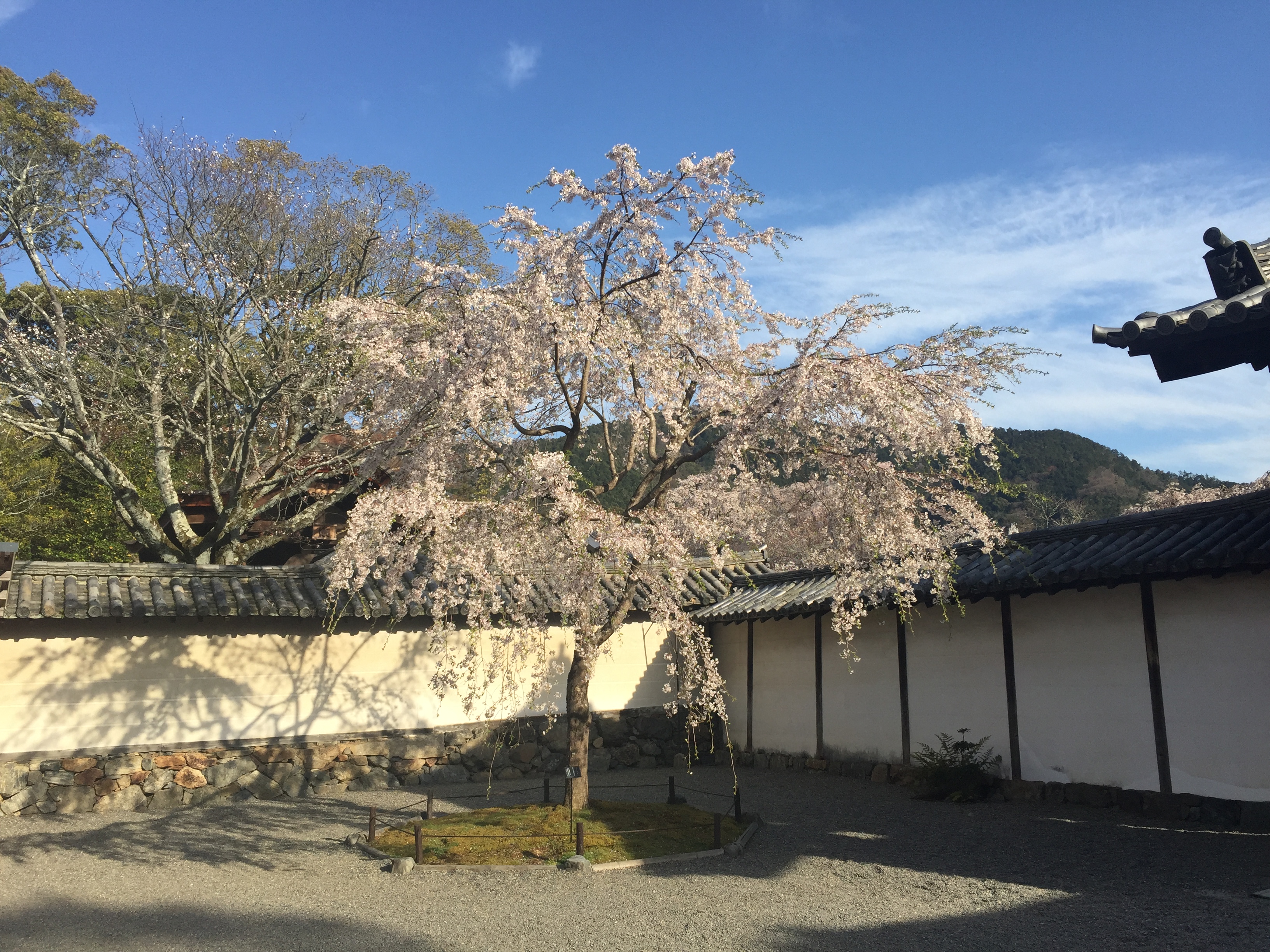
Mr. Nakamura and his team pressed on with their research, successfully cloning many notable and precious trees. These include the "Omuro-zakura" cherry tree at Ninna-ji Temple, the "Tobi-ume" plum tree, or "Flying Plum" at Kitano Tenmangu Shrine, both renowned locations in Kyoto. Additionally, they cloned the "Eba-yamazakura," a cherry tree that survived the atomic bombing in Hiroshima.
The siblings of the "Taikō Shidarezakura" clone have also spread across Japan, blooming beautifully in various regions and continuing the legacy of their parent tree.
One notable recipient of a cloned tree was NHO Tokushima National Hospital. "Many patients with serious illnesses are hospitalized there, and for those who cannot leave their rooms, seeing a tree that carries the essence of the famous 'Taikō Shidarezakura' cherry blossom brings them immense joy," Mr. Nakamura shared. "Knowing that cloning technology can bring this kind of happiness makes my work deeply rewarding."
Over 300 Years of Commitment to the Forestry Business
Requests to clone famous and precious trees continue to flood in, with reservations fully booked for the next two years. However, Mr. Nakamura approaches this demand with mixed emotions.
"Hearing from those who request cloning, I sense that valuable trees across various regions are rapidly showing signs of decline. Climate change is profoundly impacting the natural environment," he remarked. "What I initially felt as intuition has now become a visible reality. Having worked closely with trees and forests for so long, I can't help but feel a deep sense of urgency," Mr. Nakamura stated, his expression stern.
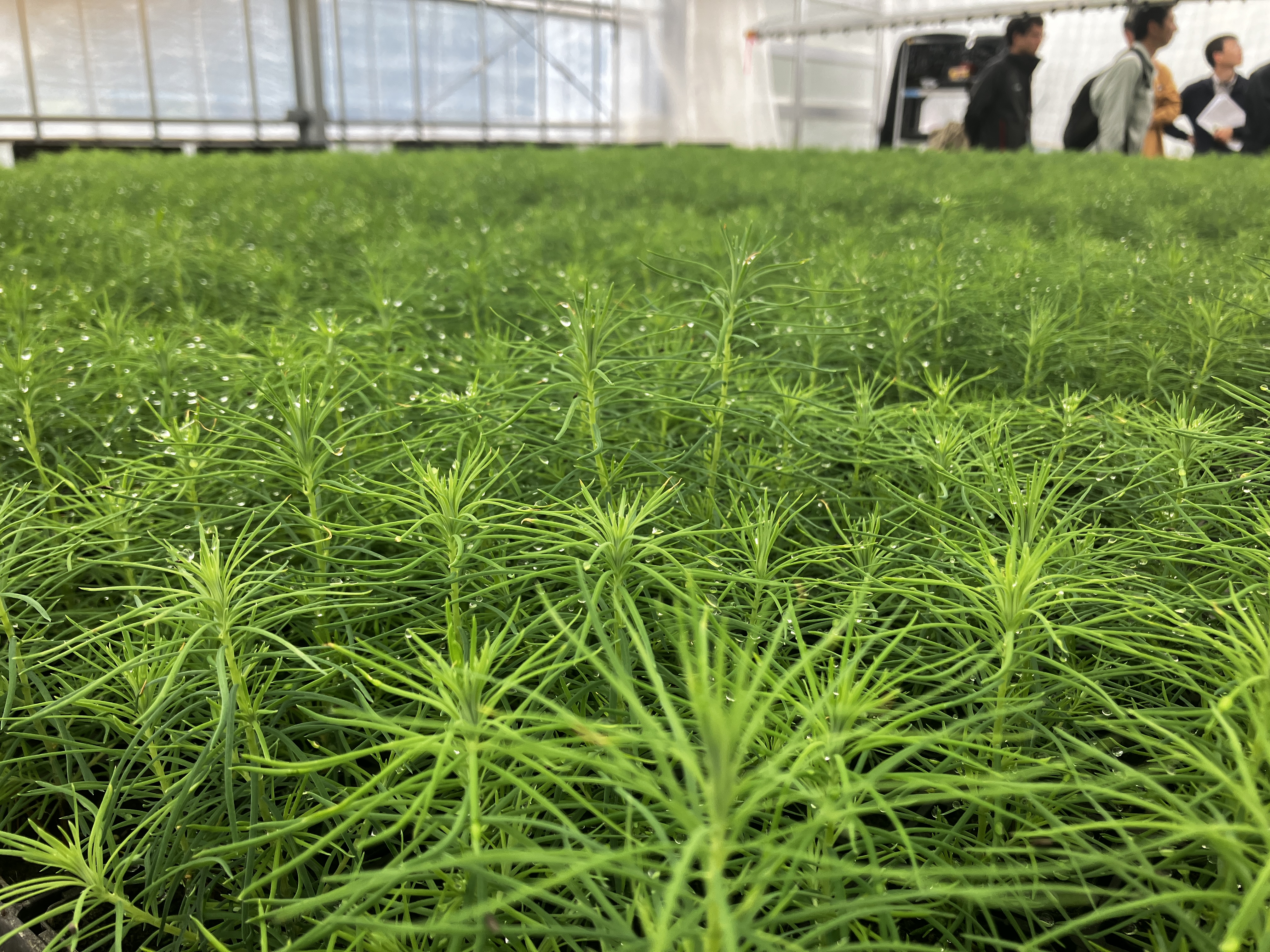
"Our company has been involved in forestry for over 300 years, dating back to the Edo period. Since we have benefited so much from forests, giving back to them has become as natural to us as breathing," Mr. Nakamura shared.
The successful cloning of the weeping cherry tree was significantly aided by trehalose. Although the exact mechanism behind its essential role in tissue culture remains unclear, ongoing research may unlock even more applications for trehalose in the future. Nagase Viita remains committed to supporting Mr. Nakamura and his team’s work by continuing to develop innovative, high-quality products.
 Sumitomo Forestry Co., Ltd.
Sumitomo Forestry Co., Ltd.
- Nagase Viita's Sustainability Focus Points:
- ● Preserving historically and scientifically significant trees by integrating traditional forestry methods with tissue culture techniques while restoring the vitality of trees and cultivating successor saplings.
- ● Contributing to cultural preservation by conserving notable trees while collaborating with local communities.





